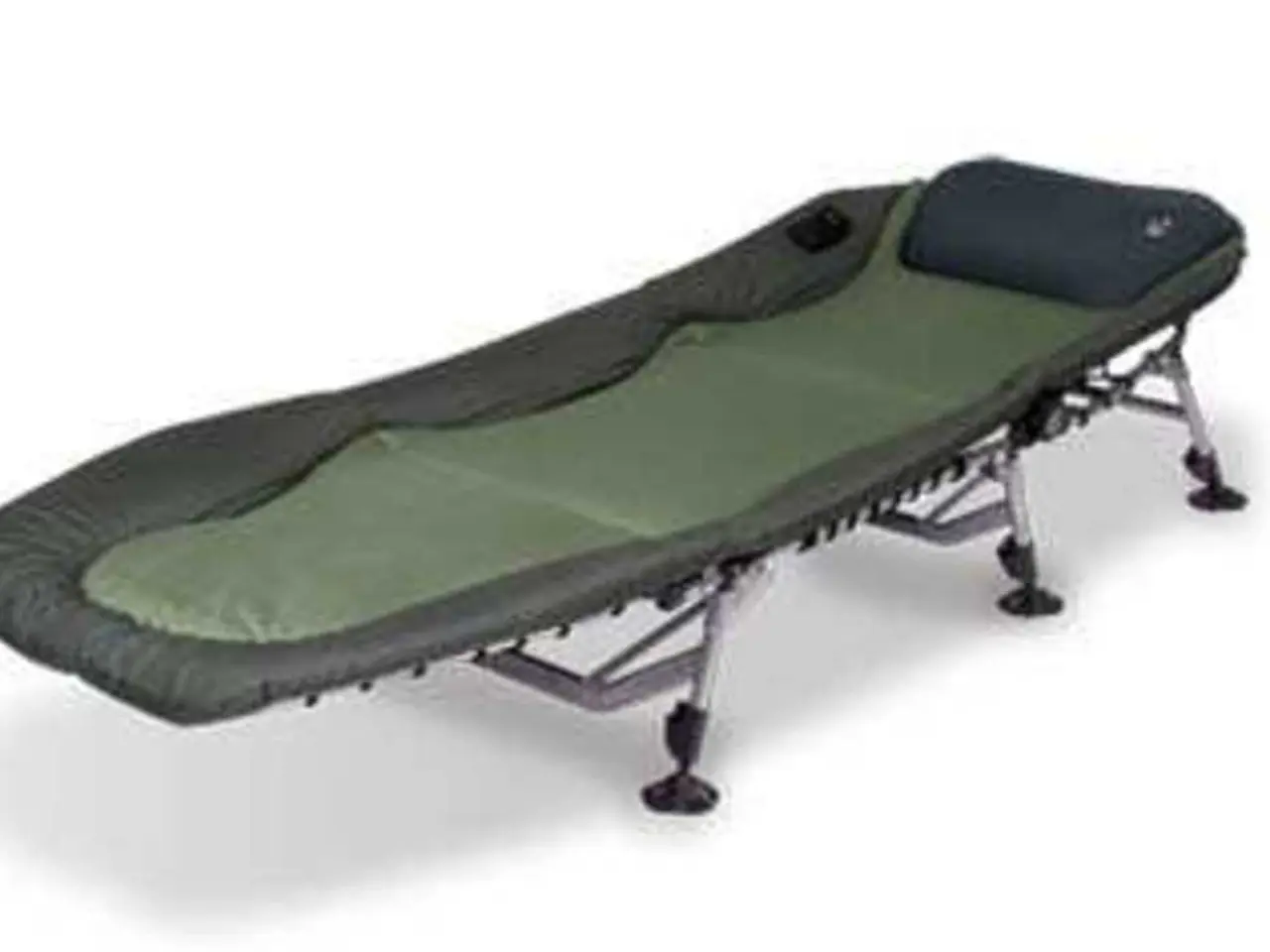Strengthening exercises for a torn meniscus to reduce discomfort
In the realm of sports and physical activities, knee injuries are a common occurrence, with meniscus tears being one of the most prevalent. This article outlines the best exercises for torn meniscus recovery and prevention, focusing on a phased approach that prioritizes mobility, muscle strengthening, and functional training.
**Recovery Exercises**
The recovery process is divided into three phases, each with its own set of key exercises.
1. **Early Phase – Mobility Exercises** These gentle range-of-motion movements help restore knee flexibility without stressing the meniscus. Examples include quad sets, straight leg raises, and heel slides. These exercises maintain muscle activation and prevent stiffness, paving the way for stronger exercises later in the recovery process.
2. **Intermediate Phase – Muscle Strengthening** Once initial healing has occurred, strengthening exercises come into play. These focus on building muscles supporting the knee, such as the quads, hamstrings, calves, hips, and core. Leg presses, stationary cycling, hamstring curls, and step-ups are some of the exercises recommended during this phase.
3. **Advanced Phase – Functional Training** This phase incorporates movements mimicking sports or daily activities, such as light jogging, lateral movements, and balance drills. These exercises prepare the knee for dynamic loads while monitoring for pain or swelling.
**Prevention of Future Meniscus Injuries**
Preventing future meniscus injuries involves proper training techniques, strengthening hip and core muscles, using appropriate protective gear, and proper warm-up routines before exercise or sports.
- Proper training techniques for safe landing and pivoting reduce injury risk. - Strengthening hip and core muscles improves overall knee stability. - Using appropriate protective gear, such as knee braces during high-risk activities, can help prevent further injuries. - Proper warm-up routines prepare muscles and joints for physical activity.
**Summary Table**
| Phase | Key Exercises | Goal | |--------------------|----------------------------------|------------------------------| | Early Mobility | Quad sets, straight leg raises, heel slides | Restore range of motion, reduce stiffness | | Muscle Strengthening| Leg presses, stationary cycling, hamstring curls, step-ups | Strengthen muscles supporting the knee | | Functional Training | Light jogging, lateral moves, balance drills | Prepare for real-life/dynamic activities |
**Important:** Surgery may be required for severe tears with instability, and recovery timelines vary. Rehab must be tailored and progressive, avoiding activities that cause pain or swelling.
In conclusion, a gradual, structured rehabilitation program emphasizing gentle mobility, progressive strengthening, and functional retraining offers the best recovery outcomes and helps prevent future meniscus injuries. It is essential to consult a doctor before starting any exercise program, especially if symptoms of a torn meniscus do not improve.
- Continuing our discussion on health-and-wellness, it's important to note that predictive science in mental health can help identify individuals at risk of depression, potentially allowing for early interventions.
- In the realm of health-and-wellness, diet plays a significant role in cancer prevention, with nutrition experts recommending a diet rich in fruits, vegetables, and whole grains.
- Moving forward, therapies and treatments in mental health often focus on cognitive-behavioral therapy, medication, and lifestyle changes, such as exercise and stress management.
- Fitness-and-exercise, combined with a balanced diet, can help manage cancer symptoms, improve overall health, and reduce the risk of recurrence.
- To maintain mental health, it's crucial to prioritize mental-health practices, such as mindfulness, therapy, and stress-management techniques, alongside physical fitness and a nutritious diet.




